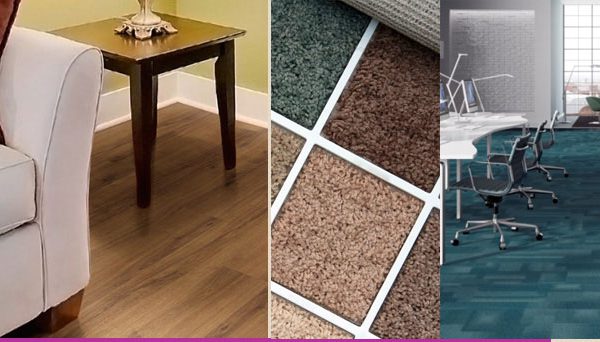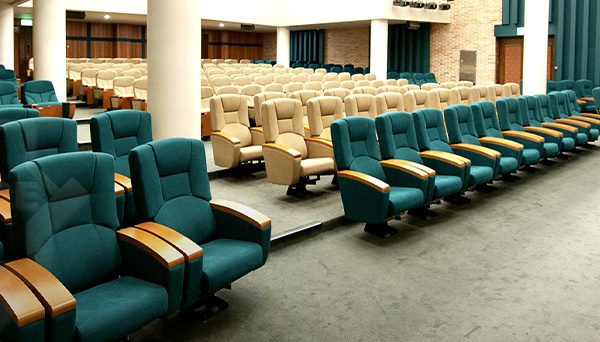Amphitheater
In geometrical acoustics such as geometrical optics, it can be imagined that the rays emitted from a spherical sound source (a source that distributes energy uniformly to all its surroundings) are emitted and return to the four states when they hit the reflective surface.
1) If a sound beam from a source located at a distance hits a reflective surface whose dimensions are large enough, it will return without any change.
2) If the sound source is located near the reflective surface, only the direction of the beam changes according to the geometric acoustic law, and it is as if the source is located behind the surface and virtually, in this case, the extension of the beam after refraction also finds an angle equal to its previous angle.
3) When reflecting on a raised surface (canvex), the angle of propagation of the sound beam and its direction changes and the beam diverges.
4) Projection from a concave surface causes the sound beam to converge and change its direction.
The unevenness is relatively large in relation to the wavelength of light and causes light to scatter in all directions and prevent the concentration of light rays in one direction. In order for a hall to be acoustically sound, it is necessary to create such uneven surfaces for the desired wavelength, which according to the speed of sound propagation in air (340 meters per second) For low wavelengths, these irregularities have completely disproportionate dimensions of about one to ten meters. It is obvious that the implementation of this opinion is practical only in special cases such as studios and large halls, and in other cases it is not easily possible.
Absorbents
There are different types of materials used for absorption, which determine the characteristics and especially the curve of their absorption coefficient according to the frequency of their use. Briefly, the properties of absorbent materials can be summarized as
1) The absorption coefficient of a porous object increases with increasing frequency.
2)The high absorption coefficient for low (low) wavelengths depends on the high thickness of the porous body (about 10 cm) and its low compression.
3) The absorption coefficient of compact objects is very low and increasing the thickness of the porous crust does not have a long-term effect on absorption. To make all kinds of absorbent materials, fibrous materials and soft materials are mixed with special adhesives that only connect these fibers to each other, and they are made into sheets and sheets of different thicknesses.
The effect of empty space
If there is an empty space (air) between the absorbent cover (porous body) and the back wall, or in other words, the absorbent material is placed on the wooden fasteners that are hammered into the wall, the absorption coefficient of the absorbent material in high frequencies (100-300 Hz) is more than doubled. increase.
conference hall
The exit doors must be fully opened to the outside and conform to the structural conditions with the regulations and the pedestrian distance to the car stop must be respected. In England, the rule is that for 250 Nefertmashachi, the width of the door must be 160 cm, and if there are two exit doors, the width It can be considered less.
Standard door opening
In the case where the door is located in the corner of the room, the door hinge should be installed on the corner side, in small rooms, the door should open outwards or sliding doors should be installed. Doors that open to the corridor or public areas should not be dangerous.




